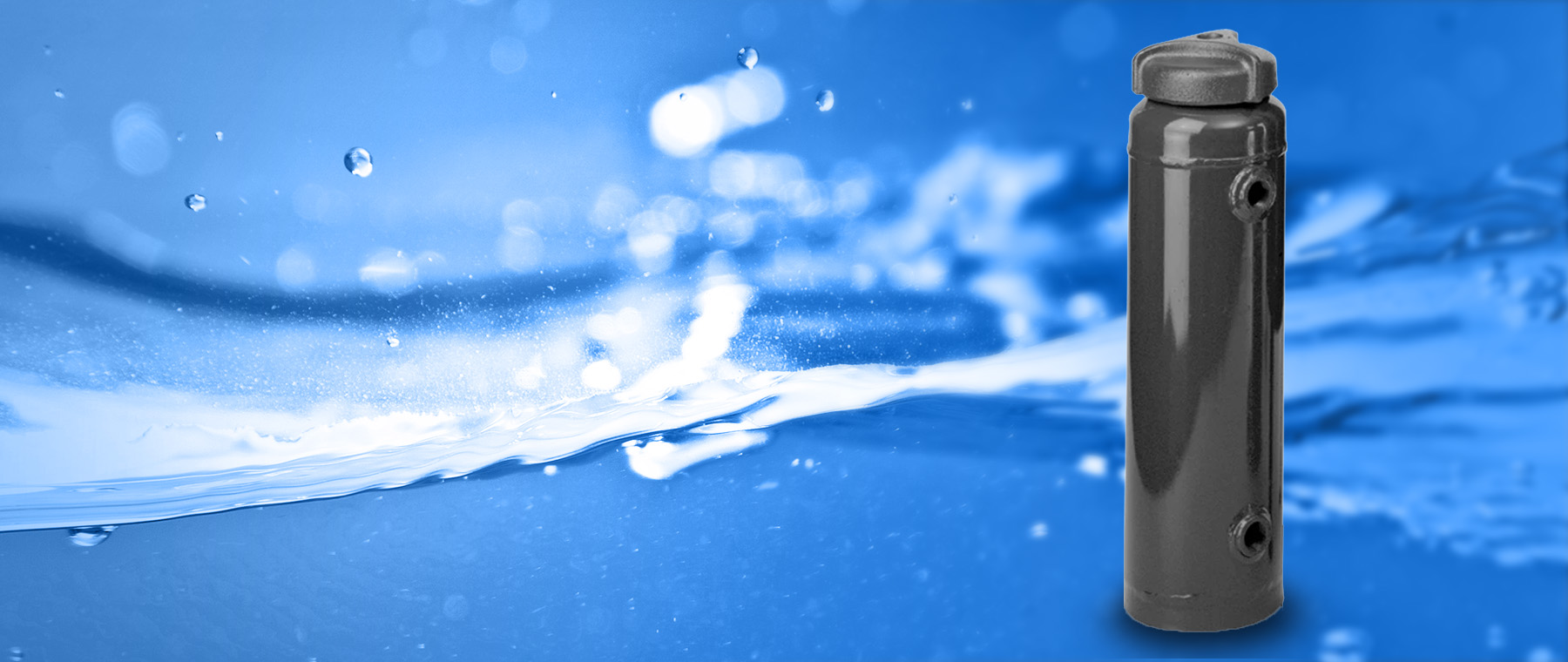
Simplify Your Chemical Treatment Process with Durable Bypass Feeders from Water Treatment Supply
Simplify Chemical Treatment with Durable Bypass Feeders When it comes to maintaining closed-loop systems in air conditioning, heating, or engine water jackets, efficient chemical treatment is crucial. At Water Treatment


